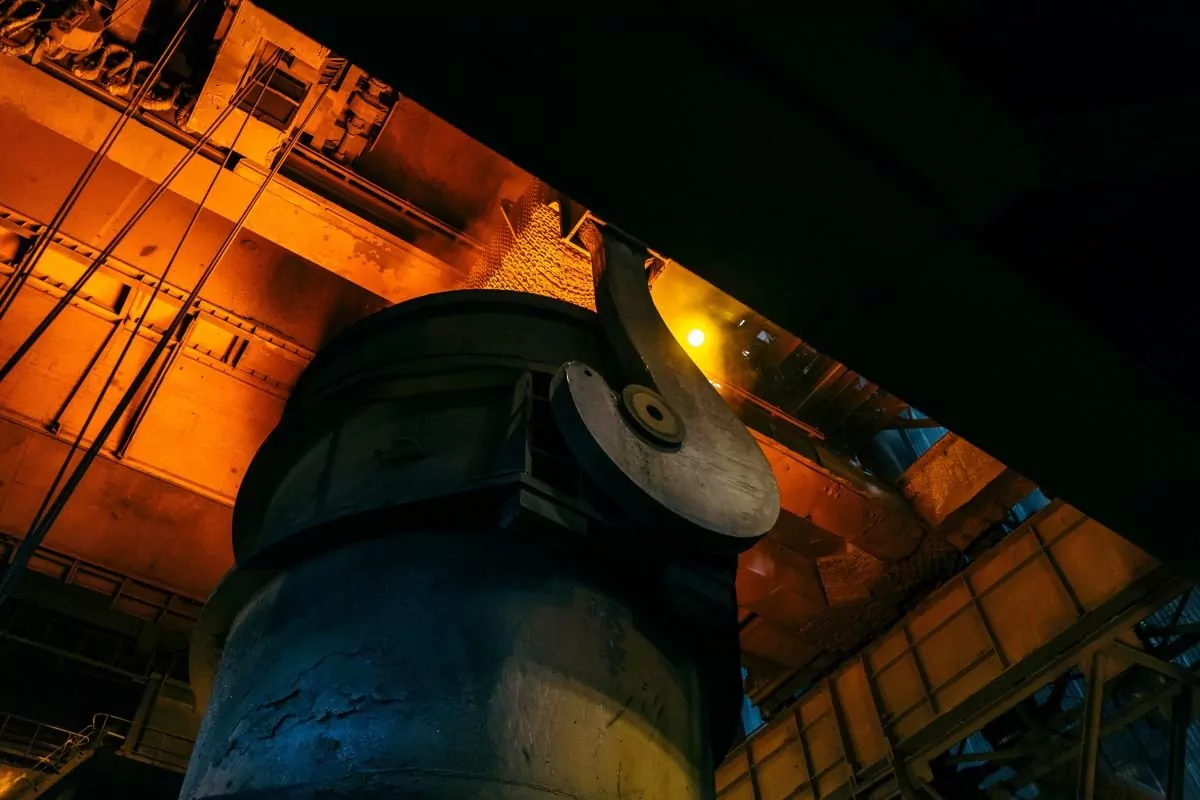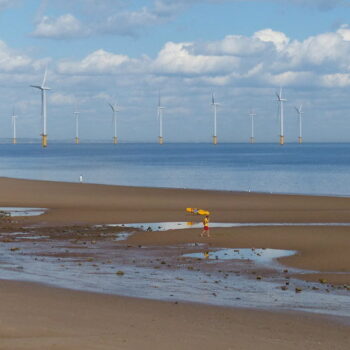If we are to achieve deep cuts in emissions in line with keeping a 1.5°C pathway in reach, there can be no sectoral exceptions. The steel sector has to rapidly decarbonize. Every year roughly 2 billion tons of steel are produced, contributing to around 7% of global greenhouse gas emissions. Currently, demand is projected to increase to over 2.5 billion tons per year by 2050, with the bulk of growth in emerging economies.
This demand increase comes at a point when steel sector emissions need to fall fast to bring the sector in line with a Paris-compatible net-zero by 2050 trajectory. While momentum towards decarbonization is growing, the sector is currently not on track to significantly reduce its emissions. Accelerating steel decarbonization will require going further and moving faster on all available mitigation levers with concerted policy efforts at national and international levels underpinning this shift.
Written in partnership with Pacific Northwest National Laboratory (PNNL), this study examines those challenges, unpacking for the first time at global and regional levels the implications for steel decarbonization of a 1.5°C compatible transformation pathway. Using the Global Change Analysis Model (GCAM), we explore the gap between current policy trajectories and 1.5°C consistent pathways and the role of key technologies and demand-side measures in achieving accelerated steel decarbonization. We draw out policy implications at the global level and in the six largest steel producing regions: China, Europe, India, Japan, South Korea, and the US.
Key findings
- Accelerated steel decarbonization is key to keeping 1.5°C alive. In a cost effective 1.5°C pathway, steel sector emissions need to fall by at least 50% by 2030 and by 95% by 2050, on 2020 levels. A 10-year delay in action results in an additional 20 GtCO2 being emitted from the steel industry between 2020 and 2050, accounting for about 5% of the remaining global total carbon budget with a 67% probability of limiting global warming to 1.5°C.
- Demand-side levers are critical for staying within the 1.5°C threshold. The adoption of a suite of material efficiency measures alongside scaling up steel recycling accounts for 50% of steel sector mitigation in 2050 to meet a 1.5°C trajectory. Moreover, these solutions are readily deployable today, allowing for rapid progress on steel sector emissions in the next decade, buying time for breakthrough technologies to mature.
- To avoid early retirement and stranded assets, no new blast furnaces without carbon capture, utilization, and storage (CCUS) should come online after 2025. Nearly all blast furnaces without CCUS, which account for 61.3% of steel production today (Swalec & Shearer, 2021), are phased out by 2045 in an orderly 1.5°C transition. With an average lifetime of 20-25 years, this suggests that any new blast furnaces without CCUS built as early as 2025 and by 2030 at the latest risk becoming stranded assets. This also goes for existing blast furnaces that are relined but not retrofitted with carbon capture technology in this time frame.
- The global steel sector will need to see a large-scale shift in production capacity towards breakthrough near-zero emissions steelmaking technologies. CCUS will be needed as early as 2025 to retrofit existing or equip new blast furnaces. The share of blast furnaces, with and without CCUS, declines over time as other low-carbon steel production technologies come in at competitive costs. Steel produced from hydrogen-based direct reduced iron (DRI) expands gradually, coming online from the mid-2020s, and accounts for 19% of global production by 2050. DRI electric arc furnaces (EAFs) equipped with CCUS also increase, accounting for 18% of global production by 2050. Crucially, the groundwork for this shift has to be laid in the next 2-3 years with a major wave of reinvestment in steelmaking capacity expected in the next decade.
- Phasing out coal and increasing the use of renewable-based electricity and hydrogen are necessary to make drastic emission reductions in the iron and steel industry. In the 1.5°C orderly scenario, unabated coal only accounts for 2%, while electricity and hydrogen account for 65% of global fuel consumption in the iron and steel industry by 2050. Global electricity use in the iron and steel industry increases from 1300 TWh EJ in 2019 to 1900 TWh in 2050. Hydrogen use in the steel industry also sees considerable growth, reaching 4.5 EJ in 2050. Given the large increase in hydrogen and electricity, it is crucial for their upstream production to become cleaner than it is today, requiring a large build out of renewable energy capacity globally.
- No leaders or laggards. While regions face different challenges in steel decarbonization and will follow different technology pathways, all six of the major steel producers need to immediately step-up action on steel decarbonization. Regions with large existing steel capacity today, China, Europe, Japan, South Korea, and the U.S., reduce their steel sector emissions by 97-99% between 2020 and 2050 in the orderly 1.5°C scenario. India, with rapid steel capacity expansion, needs to reduce it steel sector emissions by 90% by 2050 from 2020 levels in an orderly 1.5°C future.
- Far greater ambition in policymaking, technology deployment and circular economy approaches will be needed to shift the steel sector to a 1.5°C compatible pathway. This will require urgent and concerted efforts from a wide set of stakeholders. Governments and steel producers will need to set ambitious steel decarbonization targets early on and pursue a rapid transition to near-zero emissions steel technologies via a combination of direct support and regulation to restrict carbon-intensive steel capacity expansion, e.g. phasing out the operation of blast furnaces without CCUS. Steel consumers and public bodies will need to step up procurement commitments to ensure near-zero emissions steel goes from a niche, premium product to a mainstream commodity. Policymakers will need to introduce regulation to seize the full potential of circular economy and material efficiency solutions for steel. Finally, major steel producing countries will have to coordinate on research, development, and demonstration, green steel standards, certifications and other lead market creation instruments for green steel, transition finance, subsidies and trade policy to ensure a level playing field.



